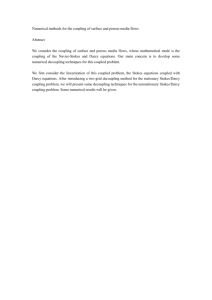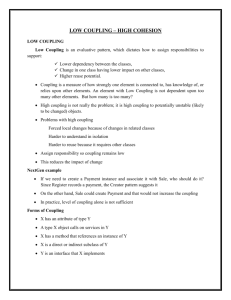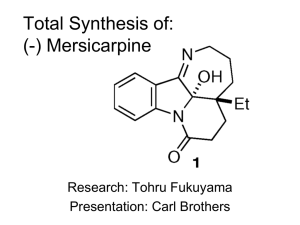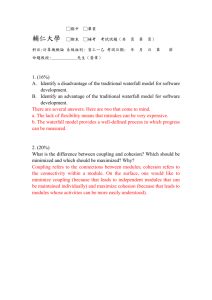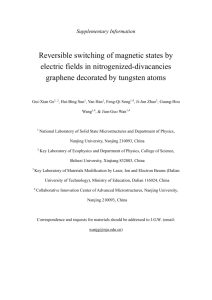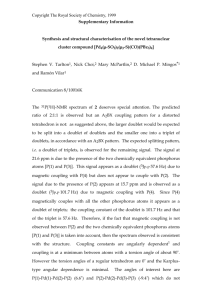Concept study and design of a low-medium beta accelerating structure
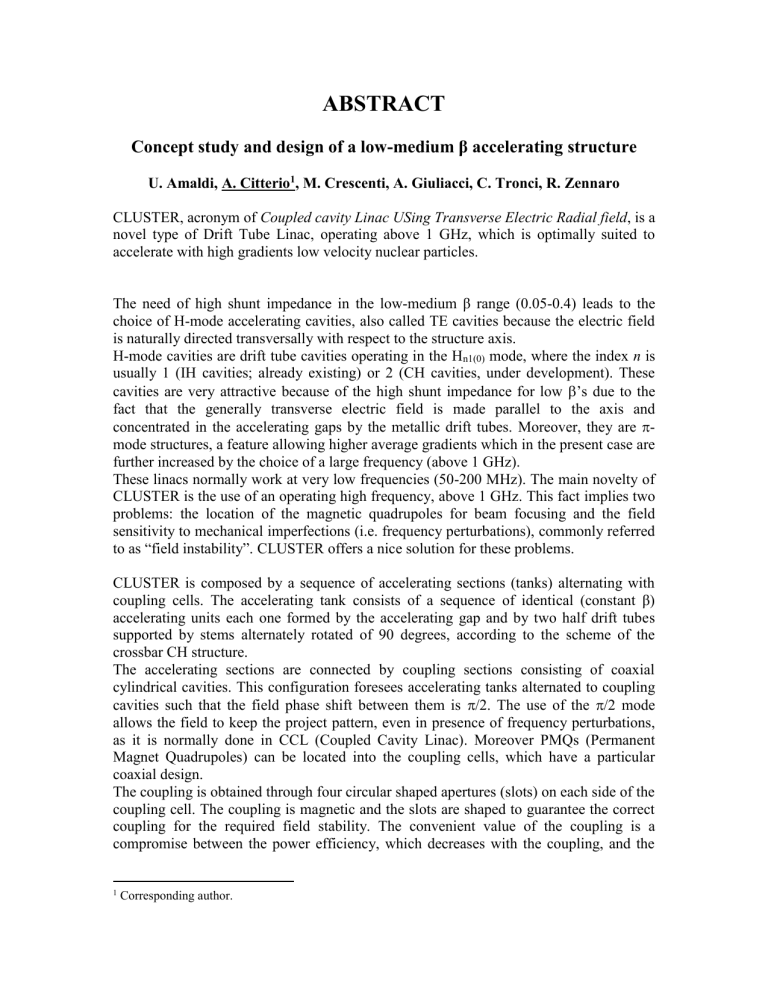
ABSTRACT
Concept study and design of a low-medium β accelerating structure
U. Amaldi, A. Citterio 1 , M. Crescenti, A. Giuliacci, C. Tronci, R. Zennaro
CLUSTER, acronym of Coupled cavity Linac USing Transverse Electric Radial field , is a novel type of Drift Tube Linac, operating above 1 GHz, which is optimally suited to accelerate with high gradients low velocity nuclear particles.
The need of high shunt impedance in the low-medium β range (0.05-0.4) leads to the choice of H-mode accelerating cavities, also called TE cavities because the electric field is naturally directed transversally with respect to the structure axis.
H-mode cavities are drift tube cavities operating in the H n1(0)
mode, where the index n is usually 1 (IH cavities; already existing) or 2 (CH cavities, under development). These cavities are very attractive because of the high shunt impedance for low
’s due to the fact that the generally transverse electric field is made parallel to the axis and concentrated in the accelerating gaps by the metallic drift tubes. Moreover, they are
mode structures, a feature allowing higher average gradients which in the present case are further increased by the choice of a large frequency (above 1 GHz).
These linacs normally work at very low frequencies (50-200 MHz). The main novelty of
CLUSTER is the use of an operating high frequency, above 1 GHz. This fact implies two problems: the location of the magnetic quadrupoles for beam focusing and the field sensitivity to mechanical imperfections (i.e. frequency perturbations), commonly referred to as “field instability”. CLUSTER offers a nice solution for these problems.
CLUSTER is composed by a sequence of accelerating sections (tanks) alternating with coupling cells. The accelerating tank consists of a sequence of identical (constant β) accelerating units each one formed by the accelerating gap and by two half drift tubes supported by stems alternately rotated of 90 degrees, according to the scheme of the crossbar CH structure.
The accelerating sections are connected by coupling sections consisting of coaxial cylindrical cavities. This configuration foresees accelerating tanks alternated to coupling cavities such that the field phase shift between them is
/2. The use of the
/2 mode allows the field to keep the project pattern, even in presence of frequency perturbations, as it is normally done in CCL (Coupled Cavity Linac). Moreover PMQs (Permanent
Magnet Quadrupoles) can be located into the coupling cells, which have a particular coaxial design.
The coupling is obtained through four circular shaped apertures (slots) on each side of the coupling cell. The coupling is magnetic and the slots are shaped to guarantee the correct coupling for the required field stability. The convenient value of the coupling is a compromise between the power efficiency, which decreases with the coupling, and the
1 Corresponding author.
field stability which requires a large pass-band for the dispersion curve, i.e. a large coupling.
The configuration of the end-cells in each tank has been studied to allow adequate return paths for the magnetic field in order to keep the accelerating field as uniform as possible in each gap.


